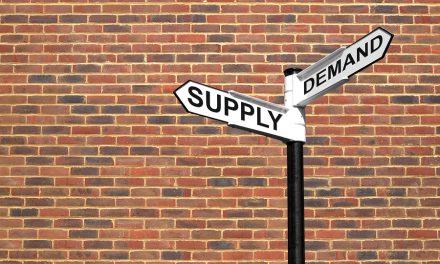Eight of the top ten fastest-moving housing markets are located in California, according to a recent report by Trulia.
The report shows the share of homes sold within 60 days of their list date are:
- 74% in San Francisco;
- 70% in San Jose;
- 70% in Oakland;
- 67% in San Diego;
- 59% in Orange County;
- 58% in Sacramento;
- 57% in Los Angeles; and
- 57% in Ventura.
Today, each of these local markets has more homes selling within 60 days than one year ago. San Diego experienced the biggest jump from 56% sold within 60 days of listing last year to 67% today. In other words, California’s swiftly moving housing market is only moving faster.
The main contributor to the quick closings is similarly quick increases in home prices. In California, home prices generally leveled off in late 2014. However, they remain high today and the perception of rising prices continues for most buyers and sellers (the sticky price phenomenon). When prices rise quickly, homebuyers knowledgeable of the increased pace are eager to close before prices rise further.
But pricing is a surface level issue. Underneath, a lack of inventory squeezes local housing markets to their limits. There isn’t enough new construction to keep up with homebuyer demand in desirable areas like San Francisco or San Jose. There simply isn’t enough housing to go around where people want to be. This high demand, low supply issue is compounded by outdated zoning, which limits further development.
Thus, sellers are justified to ask more, and buyers who can qualify to do so pay through the nose for the exclusivity of buying in a desirable neighborhood.
Buyers have had a helping hand in recent months. With the decrease in mortgage rates beginning in October 2014, buyer purchasing power has risen quickly. In fact, a California resident with a median income is able to borrow $20,000 more in April 2015 than they were able to borrow in October of 2014, due to the drop in mortgage rates alone. Buyer purchasing power supports rising home prices, and will continue to prop up home prices (and local housing markets in general) until mortgage rates rise again.
Interest rates are expected to rise towards the end of 2015, or perhaps later. It all depends on the Federal Reserve (the Fed), which is a bit cryptic about its timing. But rates will rise, and mortgage rates will rise in anticipation. Once they do, not only will home sales volume and prices stall, but the market will experience a slowdown.
The takeaway: 2015 is a great time to be a seller in California, since you won’t have to list your home for long and pricing is generally favorable. It’s also not a bad time to be a buyer, as your purchasing power is up and you can still qualify to purchase for those high listing prices.
However, the good times won’t last forever. 2016 will see reduced purchasing power and a drop off in sales volume and prices. It’ll all pick up again once homebuyers have a chance to adjust, likely around 2017 or 2018. But be prepared for some lean months in between.


















